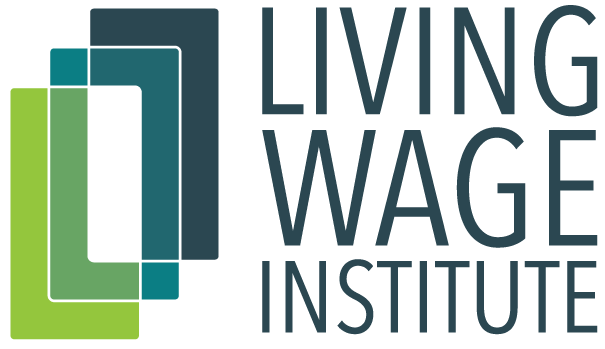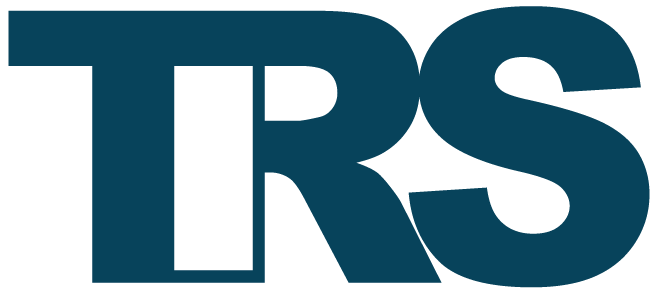



For further information, please visit the FAQs and Methodology pages or submit a question or request through the Contact page.
© 2024 Dr. Amy K. Glasmeier and the Massachusetts Institute of Technology
SIGN INAdapted from Minimum Wage and Maximum Hours Standards Under the Fair Labor Standards Act, 1988 Report to the Congress under Section 4(d)(1) of the FLSA.
Early in the administration of the FLSA, it became apparent that application of the statutory minimum wage was likely to produce undesirable effects upon the economies of Puerto Rico and the Virgin Islands if applied to all of their covered industries. Consequently on June 26, 1940, an amendment was enacted prescribing the establishment of special industry committees to determine, and issue through wage orders, the minimum wage levels applicable in Puerto Rico and the Virgin Islands. The rates established by industry committees could be less than the statutory rates applicable elsewhere in the United States.
On May 14, 1947, the FLSA was amended by the Portal-to-Portal Act. This legislation was significant because it resolved some issues as to what constitutes compensable hours worked under FLSA. Matters involving underground travel in coal mines and make-ready practices in factories had been decided earlier in a number of U.S. Supreme Court decisions.
Subsequent amendments to the FLSA have extended the law's coverage to additional employees and raised the level of the minimum wage. In 1949, the minimum wage was raised from 40 cents an hour to 75 cents an hour for all workers and minimum wage coverage was expanded to include workers in the air transport industry. The 1949 amendments also eliminated industry committees except in Puerto Rico and the Virgin Islands. A specific section was added granting the Wage and Hour Administrator in the U.S. Department of Labor authorization to control the incidence of exploitative industrial homework. A 1955 amendment increased the minimum wage to $1.00 an hour with no changes in coverage.
The 1961 amendments greatly expanded the FLSA's scope in the retail trade sector and increased the minimum for previously covered workers to $1.15 an hour effective September 1961 and to $1.25 an hour in September 1963. The minimum for workers newly subject to the Act was set at $1.00 an hour effective September 1961, $1.15 an hour in September 1964, and $1.25 an hour in September 1965. Retail and service establishments were allowed to employ fulltime students at wages of no more than 15 percent below the minimum with proper certification from the Department of Labor. The amendments extended coverage to employees of retail trade enterprises with sales exceeding $1 million annually, although individual establishments within those covered enterprises were exempt if their annual sales fell below $250,000. The concept of enterprise coverage was introduced by the 1961 amendments. Those amendments extended coverage in the retail trade industry from an established 250,000 workers to 2.2 million.
Congress further broadened coverage with amendments in 1966 by lowering the enterprise sales volume test to $500,000, effective February 1967, with a further cut to $250,000 effective February 1969. The 1966 amendments also extended coverage to public schools, nursing homes, laundries, and the entire construction industry. Farms were subject to coverage for the first time if their employment reached 500 or more man days of labor in the previous year's peak quarter. The minimum wage went to $1.00 an hour effective February 1967 for newly covered nonfarm workers, $1.15 in February 1968, $1.30 in February 1969, $1.45 in February 1970, and $1.60 in February 1971. Increases for newly subject farm workers stopped at $1.30. The 1966 amendments extended the fulltime student certification program to covered agricultural employers and to institutions of higher learning.
In 1974, Congress included under the FLSA all no supervisory employees of Federal, State, and local governments and many domestic workers. (Subsequently, in 1976, in National League of Cities v. Usery, the Supreme Court held that the minimum wage and overtime provisions of the FLSA could not constitutionally apply to State and local government employees engaged in traditional government functions.) The minimum wage increased to $2.00 an hour in 1974, $2.10 in 1975, and $2.30 in 1976 for all except farm workers, whose minimum initially rose to $1.60. Parity with nonfarm workers was reached at $2.30 with the 1977 amendments.
The 1977 amendments, by eliminating the separate lower minimum for large agricultural employers (although retaining the overtime exemption), set a new uniform wage schedule for all covered workers. The minimum went to $2.65 an hour in January 1978, $2.90 in January 1979, $3.10 in January 1980, and $3.35 in January 1981. The amendments eased the provisions for establishments permitted to employ students at the lower wage rate and allowed special waivers for children 10to11 years old to work in agriculture. The overtime exemption for employees in hotels, motels, and restaurants was eliminated. To allow for the effects of inflation, the $250,000 dollar volume of sales coverage test for retail trade and service enterprises was increased in stages to $362,500 after December 31, 1981.
As a result of the Supreme Court's 1985 decision in Garcia v. San Antonio Metropolitan Transit Authority et.al., Congress passed amendments changing the application of FLSA to public sector employees. Specifically, these amendments permit State and local governments to compensate their employees for overtime hours worked with compensatory time off in lieu of overtime pay, at a rate of 1 1/2 hours for each hour of overtime worked.
The 1989 amendments established a single annual dollar volume test of $500,000 for enterprise coverage of both retail and no retail businesses. At the same time, the amendments eliminated the minimum wage and overtime pay exemption for small retail firms. Thus, employees of small retail businesses became subject to minimum wage and overtime pay in any workweek in which they engage in commerce or the production of goods for commerce. The minimum wage was raised to $3.80 an hour beginning April 1, 1990, and to $4.25 an hour beginning April 1, 1991. The amendments also established a training wage provision (at 85% of the minimum wage, but not less than $3.35 an hour) for employees under the age of twenty, a provision that expired in 1993. Finally, the amendments established an overtime exception for time spent by employees in remedial education and civil money penalties for willful or repeated violations of the minimum wage or overtime pay requirements of the law.
In 1990, Congress enacted legislation requiring regulations to be issued providing a special overtime exemption for certain highly skilled professionals in the computer field who receive not less than 6 and one-half times the applicable minimum wage.
The 1996 amendments increased the minimum wage to $4.75 an hour on October 1, 1996, and to $5.15 an hour on September 1, 1997. The amendments also established a youth sub minimum wage of $4.25 an hour for newly hired employees under age 20 during their first 90 consecutive calendar days after being hired by their employer; revised the tip credit provisions to allow employers to pay qualifying tipped employees no less than $2.13 per hour if they received the remainder of the statutory minimum wage in tips; set the hourly compensation test for qualifying computer related professional employees at $27.63 an hour; and amended the Portal-to-Portal Act to allow employers and employees to agree on the use of employer provided vehicles for commuting to and from work, at the beginning and end of the work day, without counting the commuting time as compensable working time if certain conditions are met.
The 2007 amendments increased the minimum wage to $5.85 per hour effective July 24, 2007; $6.55 per hour effective July 24, 2008; and $7.25 per hour effective July 24, 2009. A separate provision of the bill brings about phased increases to the minimum wages in the Commonwealth of Northern Mariana Islands and in American Samoa, with the goal of bringing the minimum wages in those locations up to the general federal minimum wage over a number of years.
Where to Obtain Additional Information
For additional information, visit our Wage-Hour website: www.dol.gov/agencies/whd and/or call our Wage-Hour toll-free information and helpline, available 8 a.m. to 5 p.m. in your time zone, 1-866-4USWAGE (1-866-487-9243).
This publication is for general information and is not to be considered in the same light as official statements of position contained in the regulations.